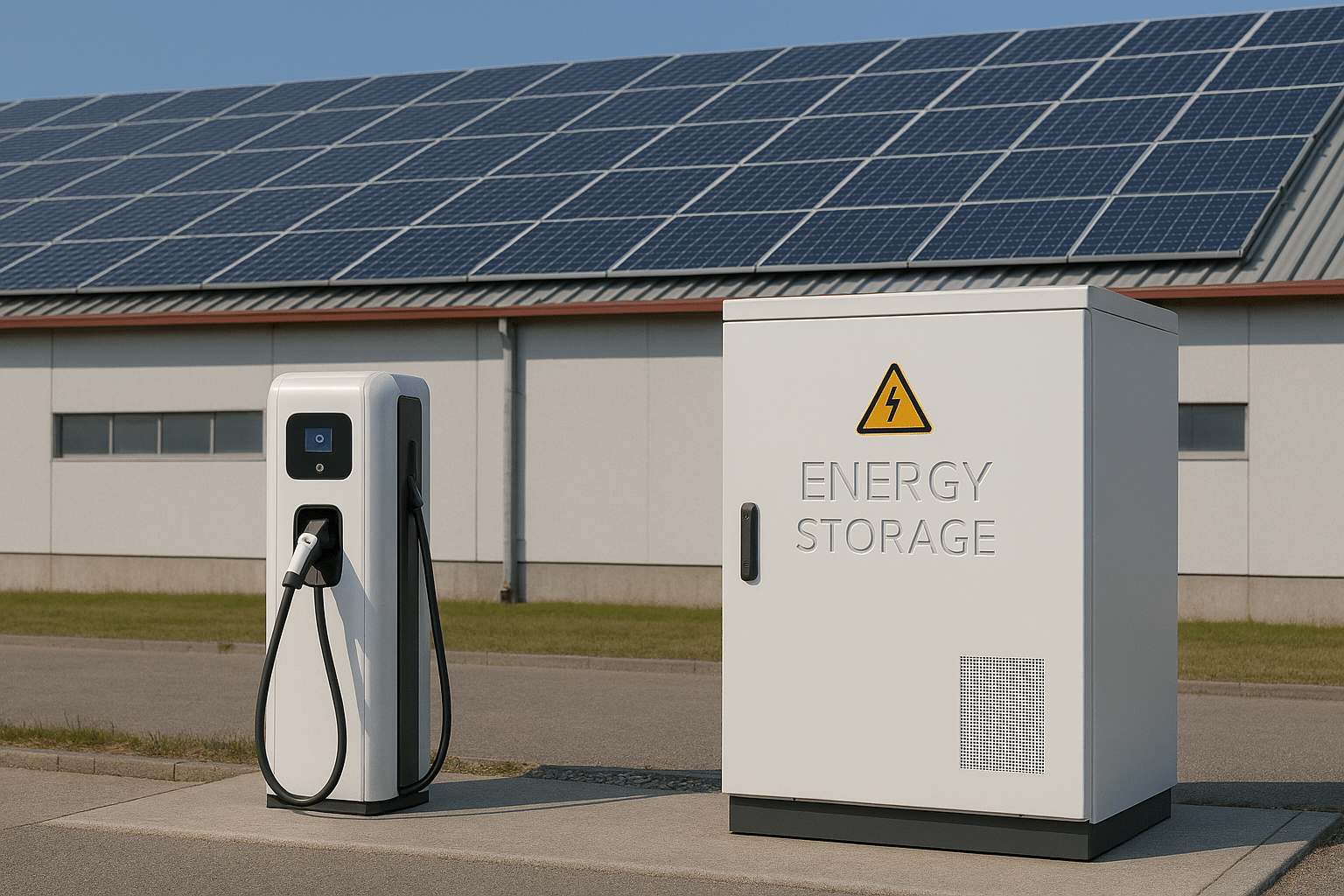News
[Open Letter] Thierry Déau: ESG and unlisted infrastructure investing

08.08.2020
This is particularly the case in infrastructure, in view of its wide reaching and long-term consequences for the community. Indeed, in many cases private investors have been not just accompanying the trend but pioneering evolutions, complementing, or preceding regulatory requirements. A lot of corporates, investors and operators have embarked on communicating their values and sharing their approaches to the subject.
Last warning from mother Nature?
Over the past three years, integration of Environmental, Social and Governance (ESG) into investment decisions has transformed from a nice-to-have and niche practice, into a key dimension of infrastructure investing. In only three years, ESG has turned into an imperative mandate for investors as part of their fiduciary duty.
Now, half of the world population is locked down in their homes; medical staffs and other workers in critical occupations are on the front lines; and fear of a global depression is widespread. The COVID-19 pandemic, as any crisis, provides an opportunity to reconsider our way of doing business as usual, and challenges previous certainties. Infrastructure investment, more than ever, will have its part to play in the recovery, as well as in the shift towards a more sustainable social and economic model.
While all thoughts and efforts are concentrated on the ways and means to save lives and rescue the economy, and as we are in the most acute stage of the current coronavirus crisis, we must think about the day after and address longer-term threats to our living standards and lifestyle. The health crisis has revealed serious weaknesses frailties in the governance of many countries. Many political leaders are still climate skeptics, just like many had been coronavirus skeptics before their countries became heavily affected. The current health crisis could be interpreted as a warning signal from Mother Nature. We all must realize that the worldwide impact from climate change and loss of biodiversity may be far greater and more irreversible than what we are living through today.
As we move from crisis response to economic recovery, through stimulus packages, one can expect that infrastructure spending will play a key role. As it had been the case in the aftermath of previous economic crises, governments running large public debts and deficits and facing unprecedented fiscal challenges may prove less capable of financing assets, thereby relying more on private sector’s resources and expertise to deliver the required infrastructure services. Though temptation will be great to consolidate existing activities and employment by bankrolling quickly the most affected sectors, institutional investors have a historical role to play to steer the economy towards a more sustainable and fairer future. Policy makers, prodded by the civil society and supported by the financial sector through public consultations, must more than ever embed long-termism into their decisions to ensure that we don’t bump from one economic shock into another.
Now is a time to reflect collectively on the course of action we want to take, rethink and reshape our vision of the economy. The COVID-19 pandemic reminds us that sustainable development (defined for the very first time in the famous “Our Common Future” Brundtland Report of 1972 as “development that meets the needs of the present without compromising ability of future generations to meet their own needs”), conciliation of social equity, economic, and environmental factors (“People”, “Profit” and “Planet”), and more inclusive capitalism, are the way of the future.
The importance of a long-term approach
Capitalism, as an economic system in which countries trade and industries are driven by private owners for profit maximization, has proven conducive to the creation of wealth. Yet, this has oftentimes come at the cost of natural capital depletion and the inability to provide a fair distribution of income to all. In addition, its short-term focus on financial results is frequently criticized for leading to obsolete and unsustainable business models lacking resilience to disruptive events. Inclusive capitalism, by contrast, is “a global movement to engage leaders across business, government, and civil sectors and encourage them to practice and invest in ways that extend the opportunities and benefits of our economic system to everyone,” as noted by the Embankment Project for Inclusive Capitalism. Both sustainability and inclusive capitalism consider risks and opportunities in the long-term, and rest upon the idea that created value and wealth should be more evenly shared across society. At the same time, investors are increasingly realizing that infrastructure investments are inherently correlated with political agendas, whether they are regulated utilities, public-private partnerships (P3s) or integrating other contractual forms. Infrastructure provides essential public services. This implies a social function that goes beyond that of other companies in fully competitive markets.
Institutional investors in unlisted infrastructure, such as pension funds, life insurance companies and their asset managers have, by definition, a long-term view. The likelihood of a downside ESG event (severe environmental pollution, social unrests, governance malpractices or misconducts) that can trigger financial liabilities — not to mention significant reputational risk — grows with a longer hold. Therefore, implementing ESG measures when investing in a project becomes even more important for sustaining financial performance of the investment.
The case for unlisted infrastructure
Infrastructure and ESG dimensions should be natural bedfellows: after all, infrastructure is about providing essential daily-use services to the community, and thus, underpinning economic and social development. In order to ensure a successful integration of ESG factors in this key sector, infrastructure investors should do their share by integrating ESG factors within their day-to-day activities and decisions.
One of the key transformative drivers has been the widespread adoption of the United Nation’s Sustainable Development Goals (SDGs) from 2015 on, which provides a framework for infrastructure investors to demonstrate the genuine impact of infrastructure projects on the real economy.
When it comes to ESG integration in alternative investment, infrastructure investors lead the way, with 35 percent of infrastructure investors having an active ESG policy for the asset class, according to reports, the highest level across alternative assets such as private equity, real estate or natural resources. Essentially, ESG is seen as a risk-mitigation tool, with the Governance (G) dimension getting particular attention from the investor’s side. The presence of an active ESG policy, however, does not necessarily significantly affect investment decisions. Less than two out of five investors have ever changed their investment choices due to ESG, reports Preqin. Furthermore, after having invested in a fund, only 3 out of 10 investors require any kind of ESG reporting from their fund managers.
Still, with changing expectations from limited partners and the society, and a sustainable and fairer future at stake, ESG is no longer a “plus” factor and is becoming a requisite at all stages of the investment lifecycle, from design to active hands-on management.
This situation presents our investor community with a double opportunity: quantitatively, as we are potentially talking about the biggest global investment opportunity of our time, according to the Organization for Economic Cooperation and Development (OECE), about $70 trillion is needed in infrastructure investment by 2030); and qualitatively, as investing in non-listed infrastructure assets through a dedicated vehicle allows a better control by the investors than a presumably more diluted stake in listed assets.
This qualitative opportunity should allow institutional investors to better make their case before public opinions, thus improving the narrative, reinforcing the legitimacy of private sector participation in infrastructure, and eventually bolstering their ‘social license’ to own and operate key collective assets. Yet, notwithstanding the broad recognition, still too few investors understand what it takes in practice to invest in infrastructure responsibly. It is therefore no longer a matter of “whether” or “when”, but “how”, for institutional investors to be recognized as legitimate actors in the infrastructure business, contributing solutions to our common future.


